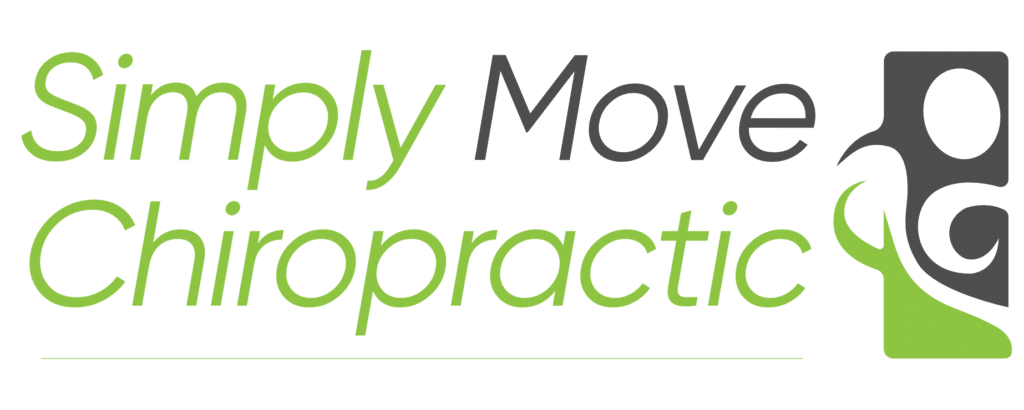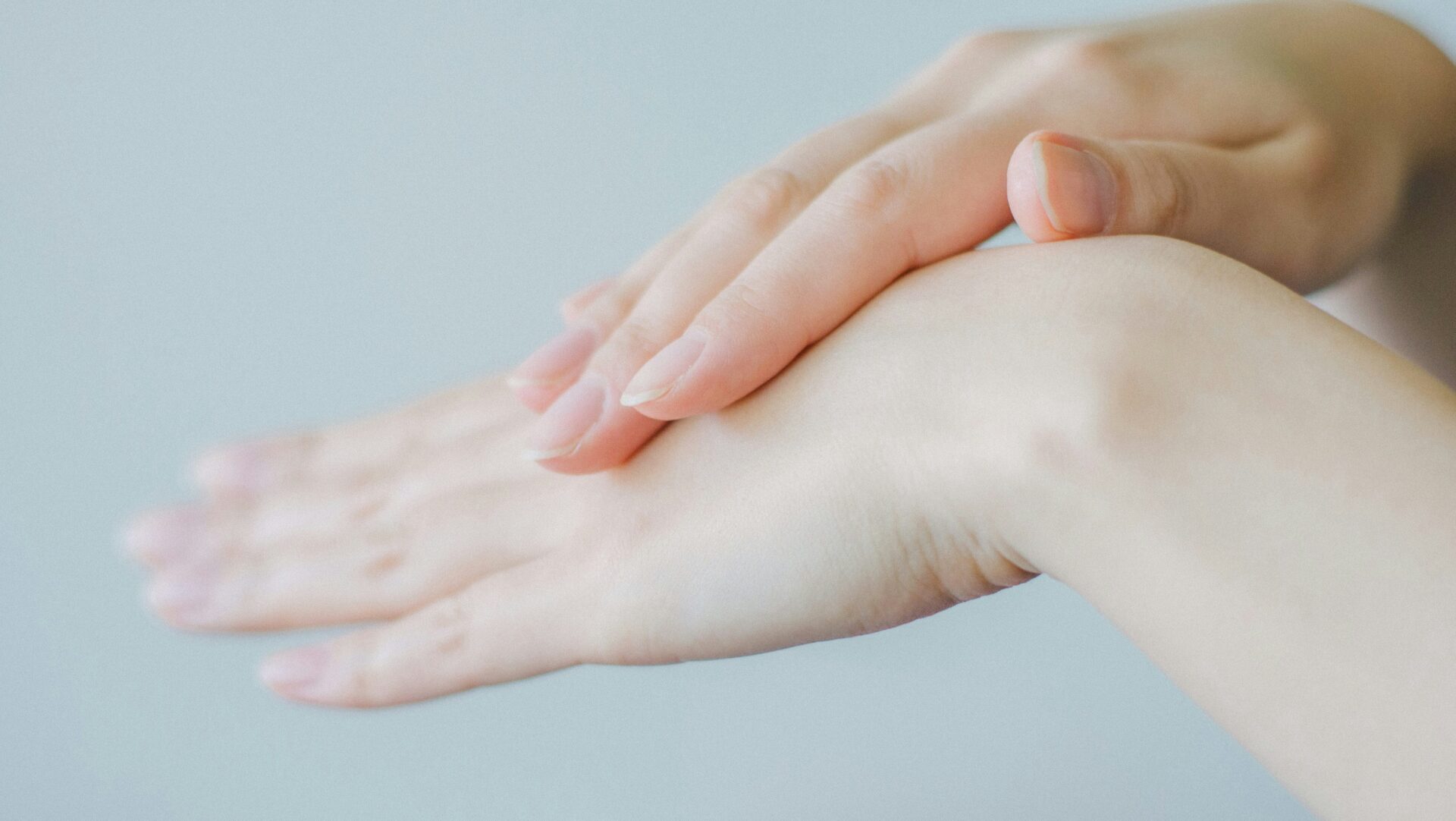Kinesiotaping & CTS - A Journal Review
I recently came across an insightful study on kinesiotaping for carpal tunnel syndrome that I believe could greatly benefit my practice and patients here in Charlotte. The study, titled “Participants’ perceptions of Kinesio tape for carpal tunnel syndrome: A qualitative study,” conducted by Krause et al., explores the effectiveness of Kinesio tape in managing carpal tunnel syndrome (CTS) symptoms.
About Carpal Tunnel Syndrome
Carpal tunnel syndrome, a common condition that I often treat at my practice, causes pain, numbness, and tingling in the hand and arm due to a pinched nerve in the wrist. Traditionally, we have approached CTS treatment with a combination of manual therapies, including adjustments, Active Release Technique (ART), exercise rehabilitation, and ergonomic adjustments. I’ve always been keen on exploring additional non-surgical methods to enhance patient outcomes and reduce discomfort.
The Study in Detail
The study by Krause and colleagues(1) involved a limited phenomenological design embedded in a randomized controlled trial. It aimed to investigate the experiences of individuals using dorsal Kinesio tape application for carpal tunnel syndrome. Participants were purposefully recruited and randomly allocated to the intervention group of a single-blind randomized controlled trial. They used Kinesio tape dorsally on the affected forearm, wrist, and digits for two weeks. The results were quite encouraging, showing positive perceptions of Kinesio tape in decreasing pain, increasing self-efficacy, and improving daily functional performance on tasks previously avoided or abandoned due to CTS.
The findings align with my practice’s philosophy of providing comprehensive and personalized care to each patient. Incorporating Kinesio tape into my treatment plans for carpal tunnel syndrome could offer a new dimension of care, potentially enhancing the outcomes for my patients in Charlotte, NC. The positive impact on pain reduction and functional performance noted in the study is particularly compelling, as these are primary concerns for individuals suffering from CTS.
One of the challenges highlighted in the study was maintaining the tape on hands and fingers. This is an area where my expertise in manual therapies and personalized care can play a significant role. By providing tailored guidance and hands-on assistance in tape application, I can help ensure that my patients reap the maximum benefits from this treatment approach.
How This Study Can Help You
In addition to Kinesio taping, my practice offers a range of treatments for carpal tunnel syndrome, including Active Release Technique, chiropractic adjustments, and lifestyle modifications to address the root causes of the condition. I invite those struggling with CTS to explore these options and learn more about our holistic approach to treatment on our website.
In summary, the study by Krause et al. offers valuable insights into the potential benefits of Kinesio taping for carpal tunnel syndrome management. As a chiropractor dedicated to providing the best possible care to my patients in Charlotte, NC, I am excited to incorporate these findings into my practice. By combining Kinesio taping with other effective manual therapies and individualized care plans, I aim to help my patients achieve optimal relief from carpal tunnel syndrome and improve their overall quality of life.
1. Krause D, Ryan S, Krpalek D, Roll SC, Javaherian-Dysinger H, Daher N. Participants’ perceptions of Kinesio tape for carpal tunnel syndrome: A qualitative study. Hand Therapy. 2019;24(2):37-47. doi:10.1177/1758998319841646





